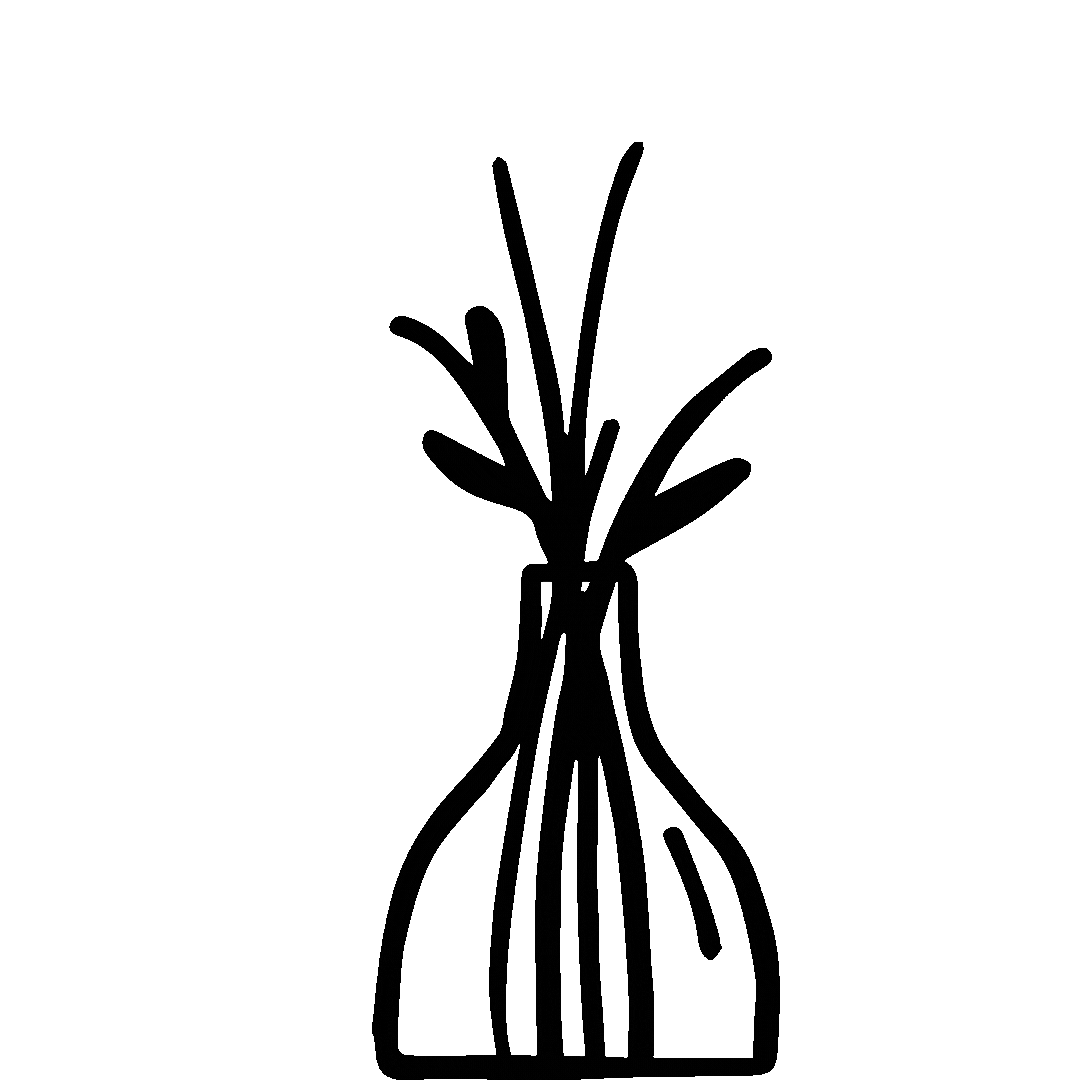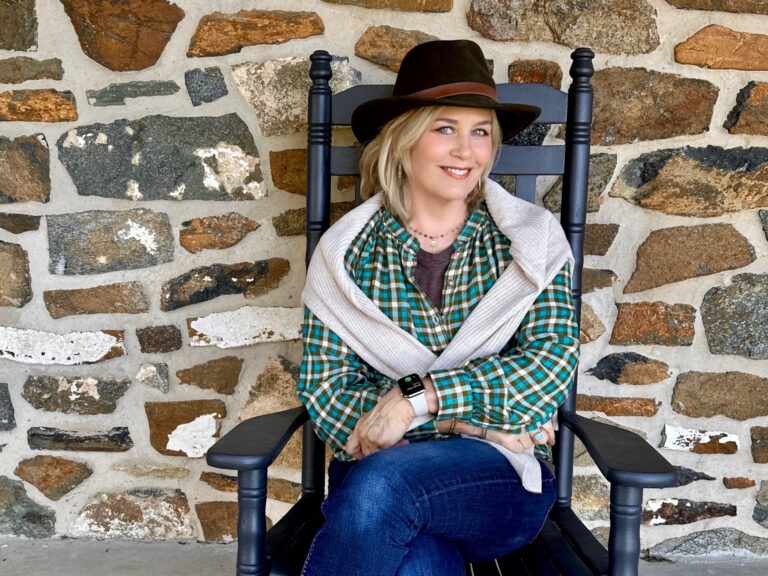Reclaimed chestnut is one of the three reclaimed woods we build with at Furniture From The Barn—especially for tables and cabinets. Because American chestnut has largely disappeared from Northeastern forests (from the Appalachian region up into Connecticut and New England), reclaimed timbers are the only responsible way to work with this beautiful species today.
A Brief History of American Chestnut
The American chestnut (Castanea dentata) once dominated the eastern U.S., growing from southern Maine across the Midwest to Michigan, and south to Alabama and Mississippi. By the 1800s it was celebrated as the "queen of the Eastern forest," often reaching heights near 100 feet and trunk diameters up to 10 feet.
Why It Was Treasured
For generations—especially in the Appalachians—chestnut was a staple. Its reddish-brown wood is lightweight, easy to work, and naturally resistant to decay, so it was the go-to choice for anything meant to last: fence posts, poles, railroad ties, split-rail fences, cabins, barns, and more. You can still spot original chestnut fencing along some country roads.
What Happened to Chestnut
In 1904, a forester at the Bronx Zoo observed American chestnut trees dying from what was identified as chestnut blight—a fungal disease now known as Cryphonectria parasitica. The fungus is believed to have arrived on imported Japanese chestnut stock in the late 1800s. Over the following decades, the blight devastated American chestnut populations. Mature trees disappeared across the species' native range, and chestnut lumber virtually vanished from the market for years.
Why Reclaimed Chestnut Matters Today
Because old-growth chestnut is no longer harvested, the pieces we craft come from carefully salvaged, historic structures. That's why reclaimed Wormy Chestnut—full of character and history—remains one of the most beautiful, meaningful choices for long-lasting, hand-crafted furniture.


Furniture Made from Reclaimed Chestnut
People who salvage wood from old buildings in the Northeast usually wonder what species they have. In particular, folks often want to know if the wood could be American chestnut, because chestnut was a common species in the past but is now rare and the wood can be valuable.

At Furniture From The Barn, we custom-design pieces in reclaimed Wormy Chestnut—most often dining tables, but also cabinets and more. This wood naturally features small worm holes and rich color variation. Some customers love a bolder, more character-filled look; others prefer fewer worm holes. We'll hand-select boards to match your preference.
We typically keep the finish natural, using little to no stain (often just a light, diluted tone) because chestnut's warm grain shines on its own. And as with all our work, the magic is in the finesse—what we call the art of finishing. For a behind-the-scenes look at our process, see The Art of Finishing Reclaimed Wood: https://furniturefromthebarn.com/blog/the-art-of-finishing-reclaimed-wood
Note: If you love character, Wormy Chestnut is a beautiful, timeless choice. If you prefer a smoother, cleaner surface, we're happy to recommend other woods that fit your style.

The American Chestnut's Story in Pictures





The Fight to Save the American Chestnut




Our Reclaimed Chestnut Collection





Each piece tells a story—from trees that once dominated American forests to carefully preserved timbers salvaged from historic barns and buildings. When you choose reclaimed chestnut furniture, you're not just selecting beautiful wood; you're preserving a piece of American history.
Ready to create your own piece of history? Browse our reclaimed wood tables or contact us to discuss a custom chestnut piece for your home.




